River cruising offers a distinctly peaceful alternative to ocean voyages—smaller vessels, closer shores, and gentler waters combine to create uniquely relaxing travel experiences. Unlike massive ocean liners that can feel like floating cities, river ships typically accommodate fewer than 200 passengers, fostering intimate atmospheres where staff quickly learn your preferences and fellow travelers become friends rather than faces in a crowd.
The unhurried pace and constantly changing scenery outside your window provide the perfect balance between activity and tranquility. Here is a list of 15 exceptional river cruises that showcase stunning landscapes and cultural riches while maintaining a thoroughly relaxed approach to travel.
The Nile Through Ancient Egypt
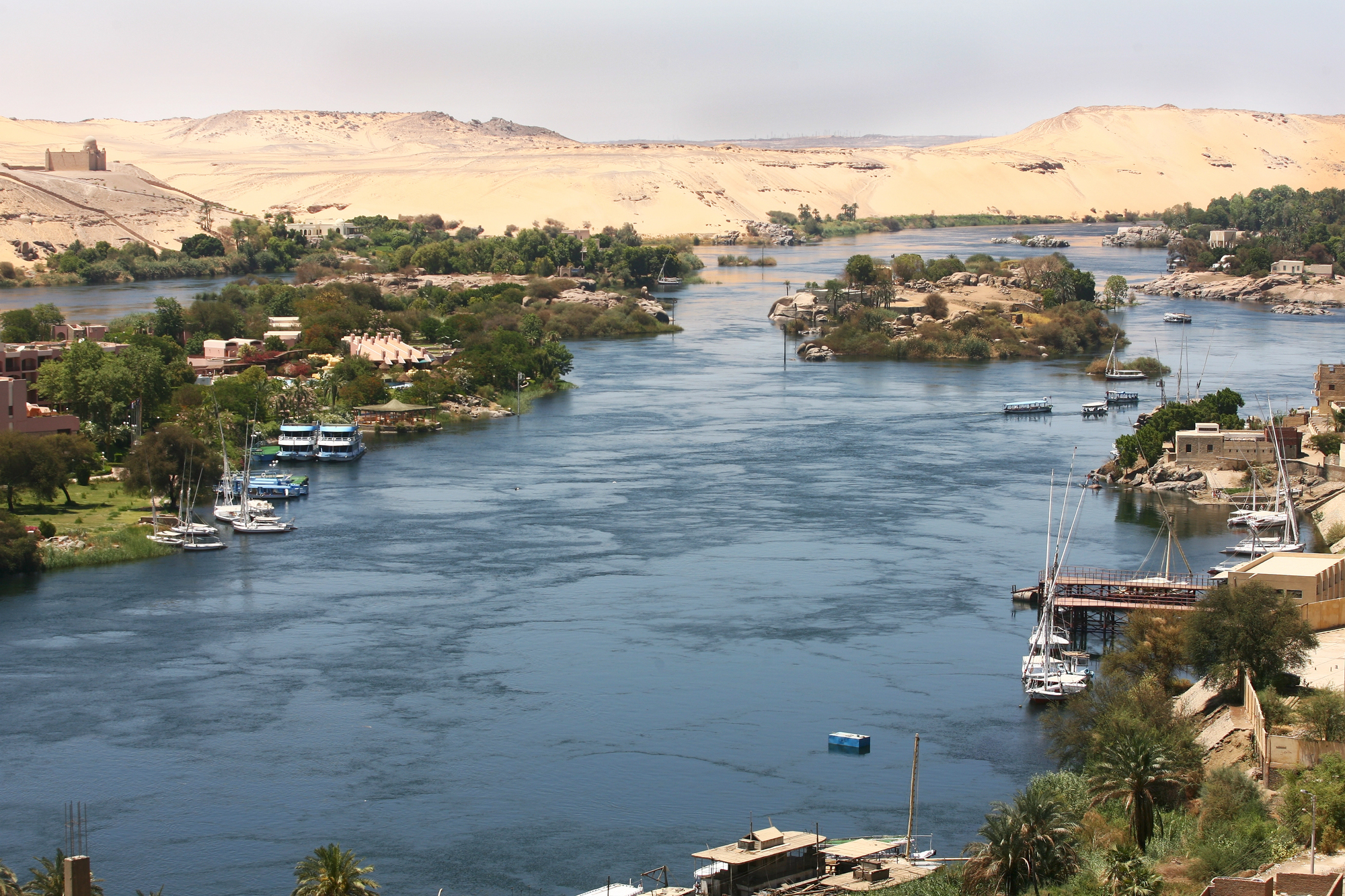
Sailing the legendary river that birthed one of humanity’s greatest civilizations connects travelers to thousands of years of history flowing past the ship’s rails. Most cruises operate between Luxor and Aswan, where the concentration of ancient temples and tombs creates an open-air museum stretching along the riverbanks.
The traditional wooden dahabiyas offer the most authentic experience, accommodating just 10–12 passengers in Belle Époque elegance reminiscent of aristocratic Egyptian tours from the 1920s.
Rhine Castles and Vineyards
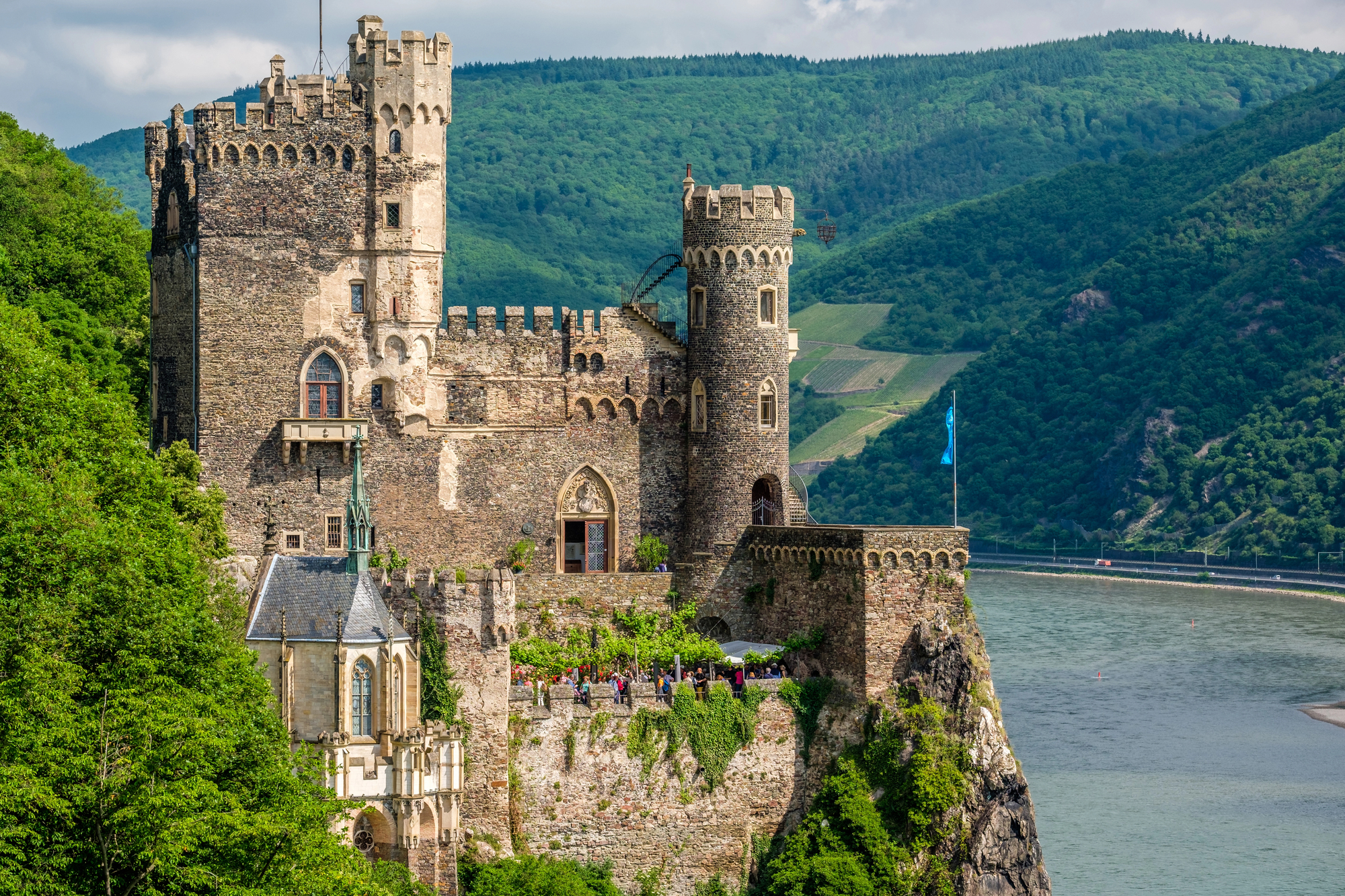
The Middle Rhine Valley between Bingen and Koblenz packs over 40 hilltop castles and fortresses into a 40-mile stretch designated as a UNESCO World Heritage Site. Cruise ships navigate past steep vineyard terraces where Riesling grapes grow on slopes so precipitous that some harvesting still happens by hand.
The famous Lorelei Rock marks the narrowest part of the river, where dangerous currents once threatened merchant vessels and inspired legends of a siren luring sailors to their doom. Evening wine tastings showcase distinctive vintages from vineyards visible from the ship earlier in the day, creating meaningful connections between the landscape and local production.
Mekong Delta Life

Cruising between Vietnam and Cambodia offers glimpses into rural Southeast Asian life largely unchanged for generations despite the region’s tumultuous history. Floating markets, stilted villages, and family workshops line waterways where daily life revolves completely around the river’s rhythms and resources.
The striking contrast between tranquil rural scenes and vibrant floating communities demonstrates how thoroughly the Mekong shapes life along its course. Many cruise lines incorporate excursions via smaller sampans that access narrow channels inaccessible to larger vessels, bringing travelers even closer to authentic riverside culture.
Like Travel Pug’s content? Follow us on MSN.
Mississippi River Americana
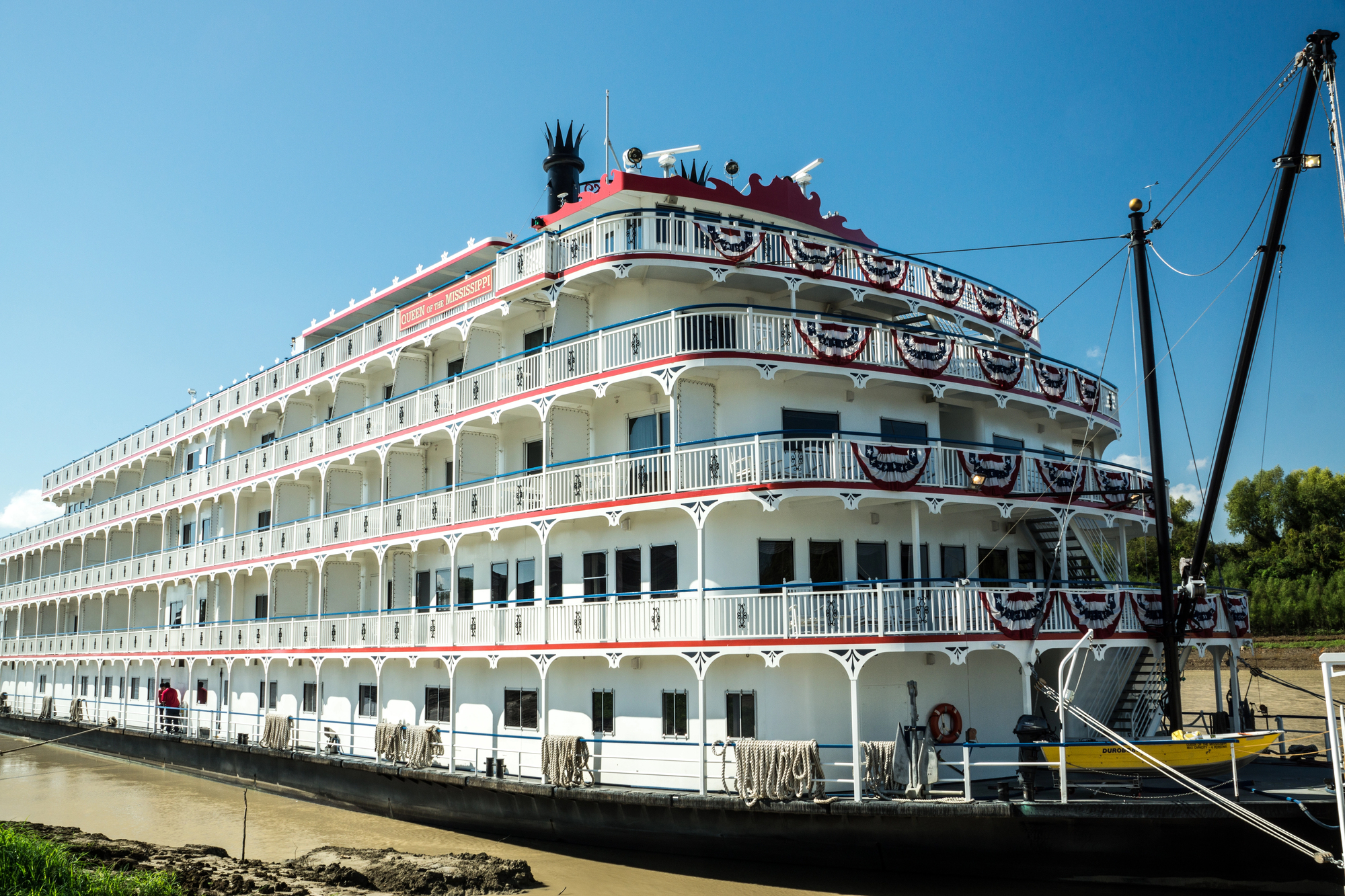
Mark Twain’s beloved waterway offers distinctly American landscapes and cultural experiences best enjoyed from classic paddlewheel steamboats that evoke the river’s golden age. Cruises between New Orleans and Memphis feature antebellum plantations, Civil War battlefields, and cities where jazz, blues, and country music evolved along this vital transportation corridor.
The unhurried southward journey matches the laid-back culture of riverbank communities, with rocking chairs on deck perfectly positioned for watching rural America roll past.
Danube’s Imperial Cities
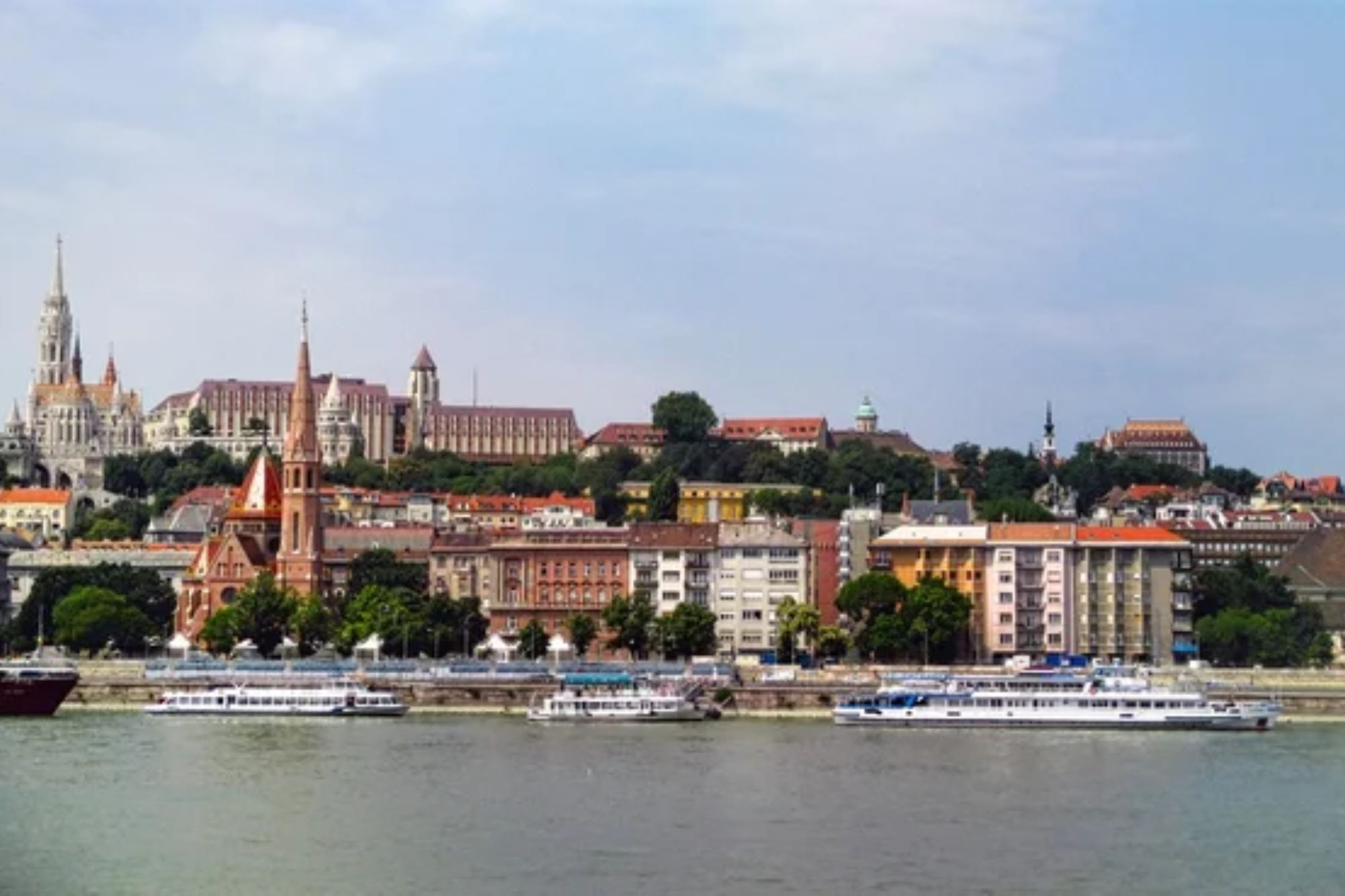
Europe’s second-longest river connects four capital cities—Vienna, Bratislava, Budapest, and Belgrade—creating a floating tour of imperial history, architectural grandeur, and evolving Central European cultures. The famous Blue Danube appears more greenish-brown in reality, but the romantic landscape of vineyards, medieval towns, and rolling hills lives up to its musical reputation.
Budapest’s illuminated Parliament building sliding past your balcony at night ranks among cruising’s most magical moments, with the city’s famous bridges lit up like jewelry across the water.
Kerala’s Backwaters
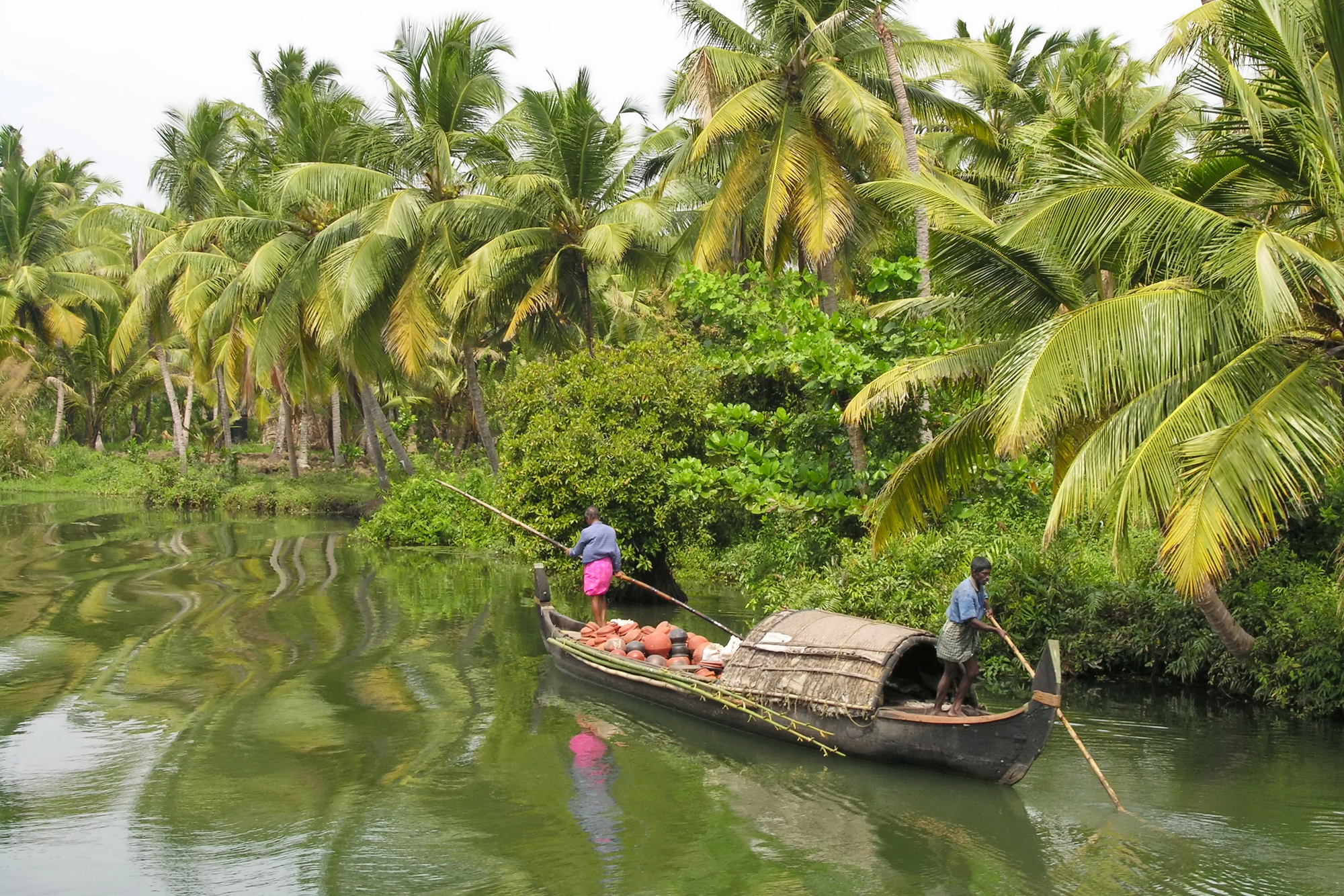
Traditional thatched houseboats converted from rice barges glide through a network of canals, rivers, and lakes in southern India’s tropical paradise. These kettuvallams feature private bedrooms, open-air living areas, and a dedicated crew, including a chef preparing Kerala’s distinctive cuisine using fresh ingredients purchased from waterside markets during the journey.
The narrow canals offer intimate glimpses of rural life—women washing clothes, farmers tending rice paddies, children playing along the shores—all framed by swaying coconut palms and verdant vegetation. The absence of engines on traditional houseboats ensures peaceful progress with only the sounds of birds, lapping water, and distant temple drums breaking the silence.
Like Travel Pug’s content? Follow us on MSN.
Columbia River Gorge
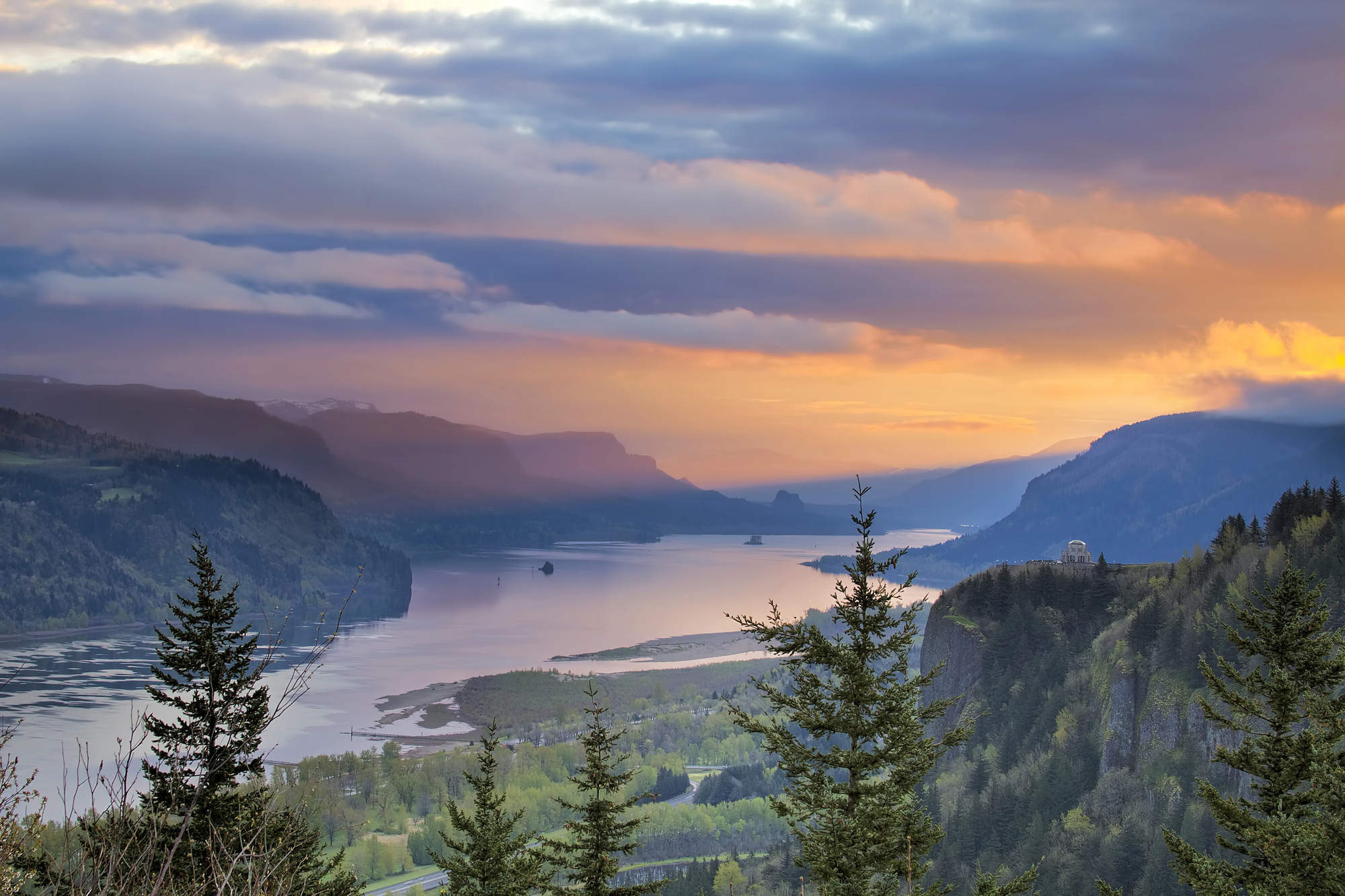
The dramatic landscape where the Columbia River carved its way through the Cascade Mountains offers spectacular scenery combined with fascinating pioneer history and world-class wine regions. Replica paddlewheelers navigate past 4,000-foot cliffs, numerous waterfalls, and landmarks from the Lewis and Clark expedition while following the historic route that opened America’s Pacific Northwest.
Shore excursions highlight the region’s remarkable geology, including effects from prehistoric floods that shaped the unique landscape visible today. Fall cruises showcase spectacular autumn colors carpeting the gorge, while spring sailings feature wildflower displays and rushing waterfalls swollen with snowmelt.
Amazon Rainforest Discovery
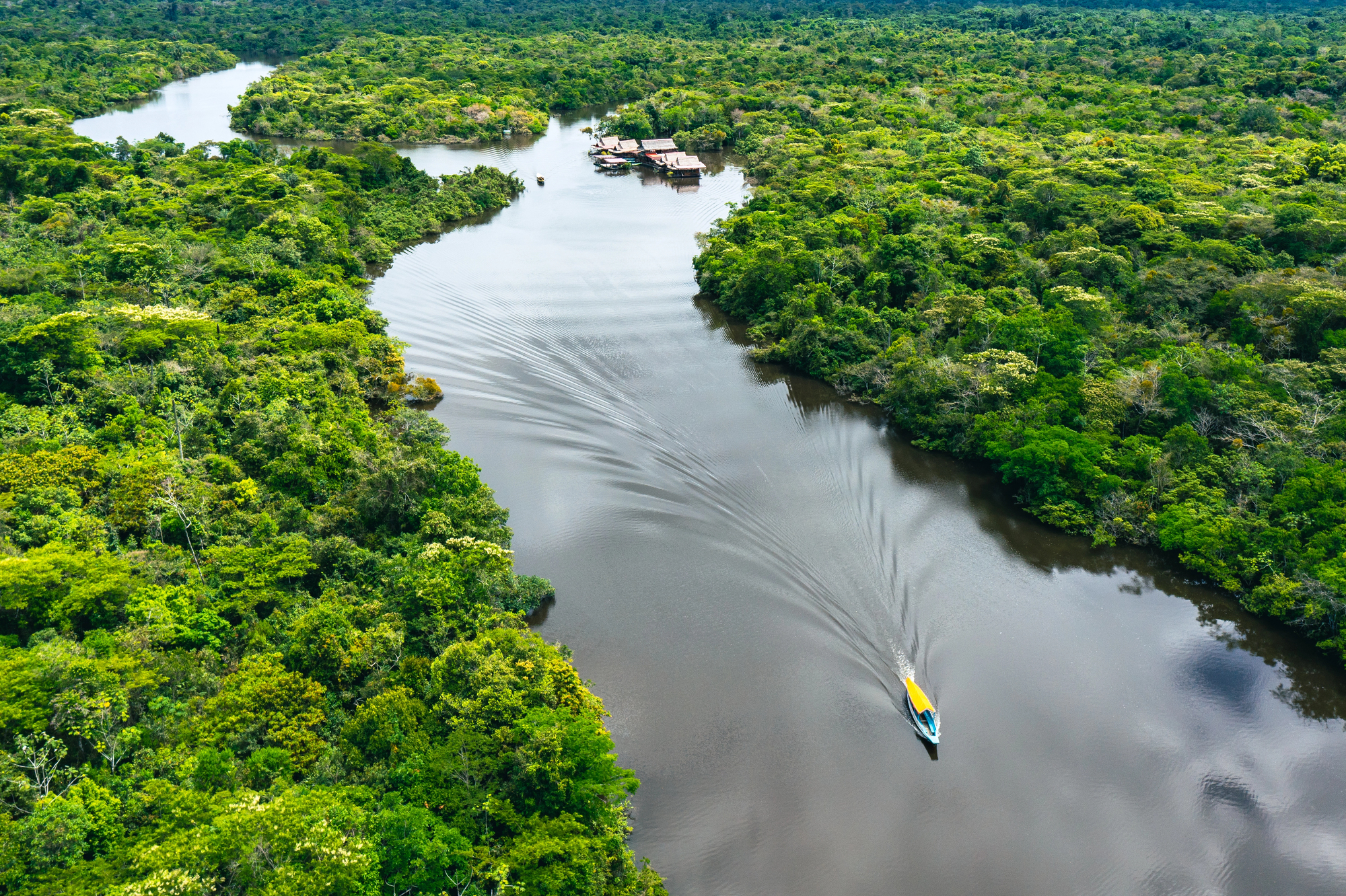
Small expedition vessels navigate the world’s greatest river system, bringing travelers into remote regions where pink dolphins surface alongside the ship and tropical birds flash brilliant colors against the green cathedral of the rainforest. Skilled naturalist guides lead small-group excursions via motorized skiffs into narrow tributaries where endemic wildlife thrives in protected habitats.
Evening soundscapes bring the forest alive with mysterious calls and rustlings that remind travelers they’re experiencing one of Earth’s most biodiverse environments.
Douro Valley Vineyards
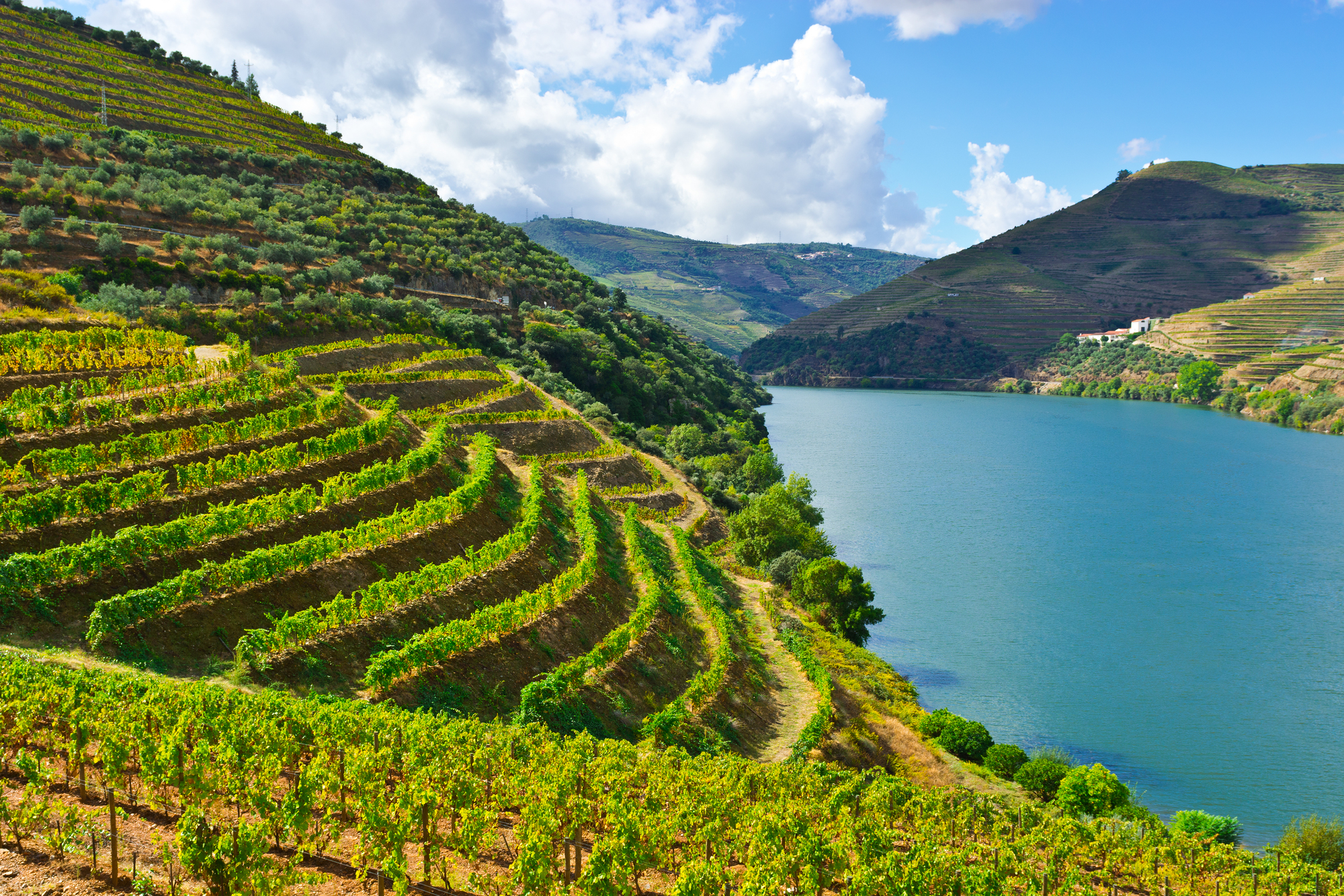
Portugal’s river of gold winds through the world’s oldest demarcated wine region, where steep terraced vineyards have produced port wine for centuries. The dramatic landscapes of the Alto Douro Wine Region earned UNESCO recognition for the remarkable way humans adapted the challenging terrain into productive agricultural land through generations of labor-intensive terracing.
Small ships navigate five dams with impressive locks that raise vessels nearly 100 feet to overcome the river’s natural elevation changes.
Like Travel Pug’s content? Follow us on MSN.
Volga Russian Heartland
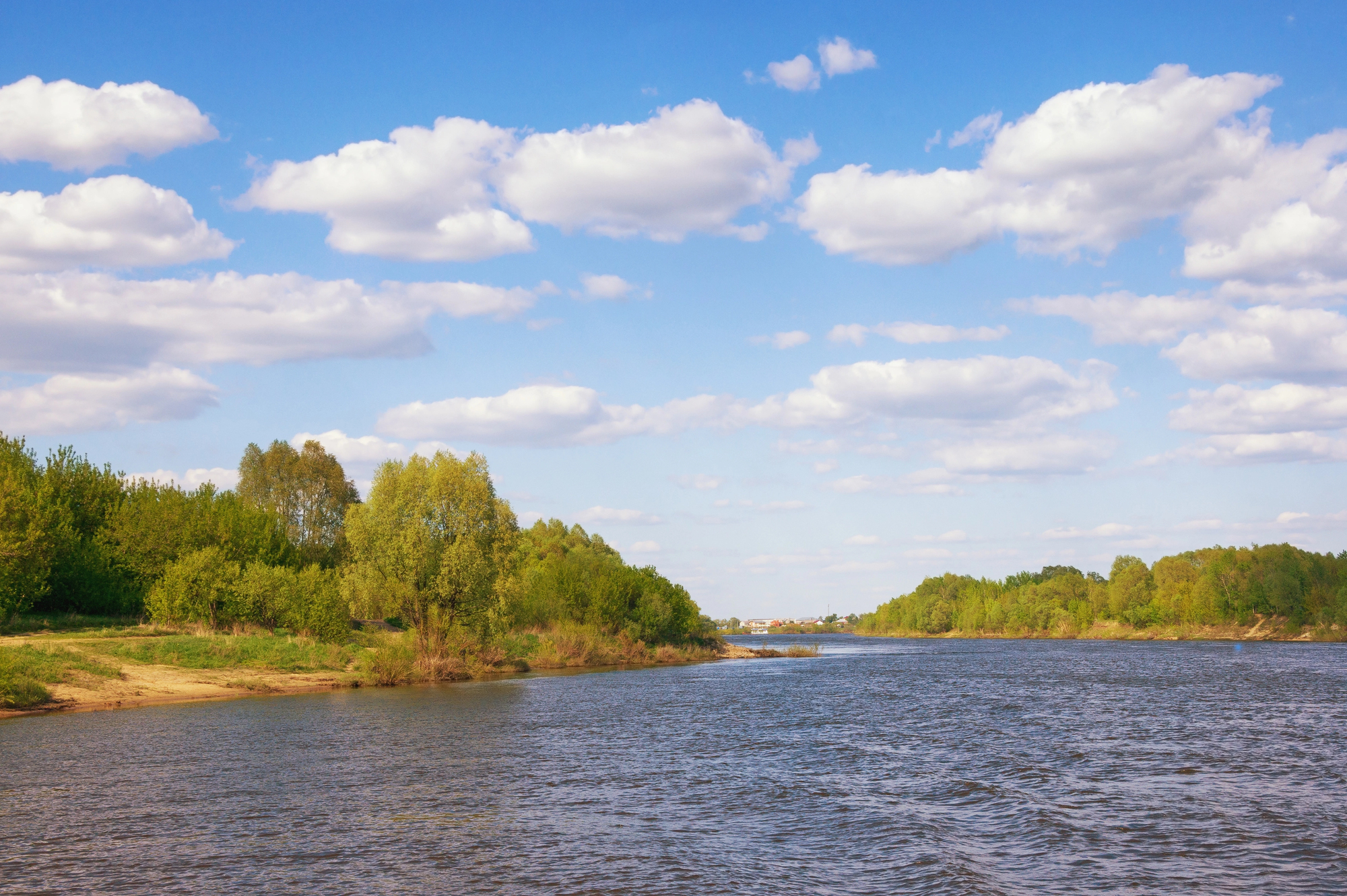
The mighty Volga connects Moscow with St. Petersburg through Russia’s historic heartland, offering glimpses into both imperial splendor and rural village life far from cosmopolitan centers. The extensive canal and lock system linking these waterways represents one of humanity’s most ambitious engineering achievements, allowing passage between the Baltic and the Caspian Seas.
Small riverside communities preserve traditional wooden architecture, Orthodox religious traditions, and craft production techniques that have survived centuries of political upheaval.
Yangtze Three Gorges
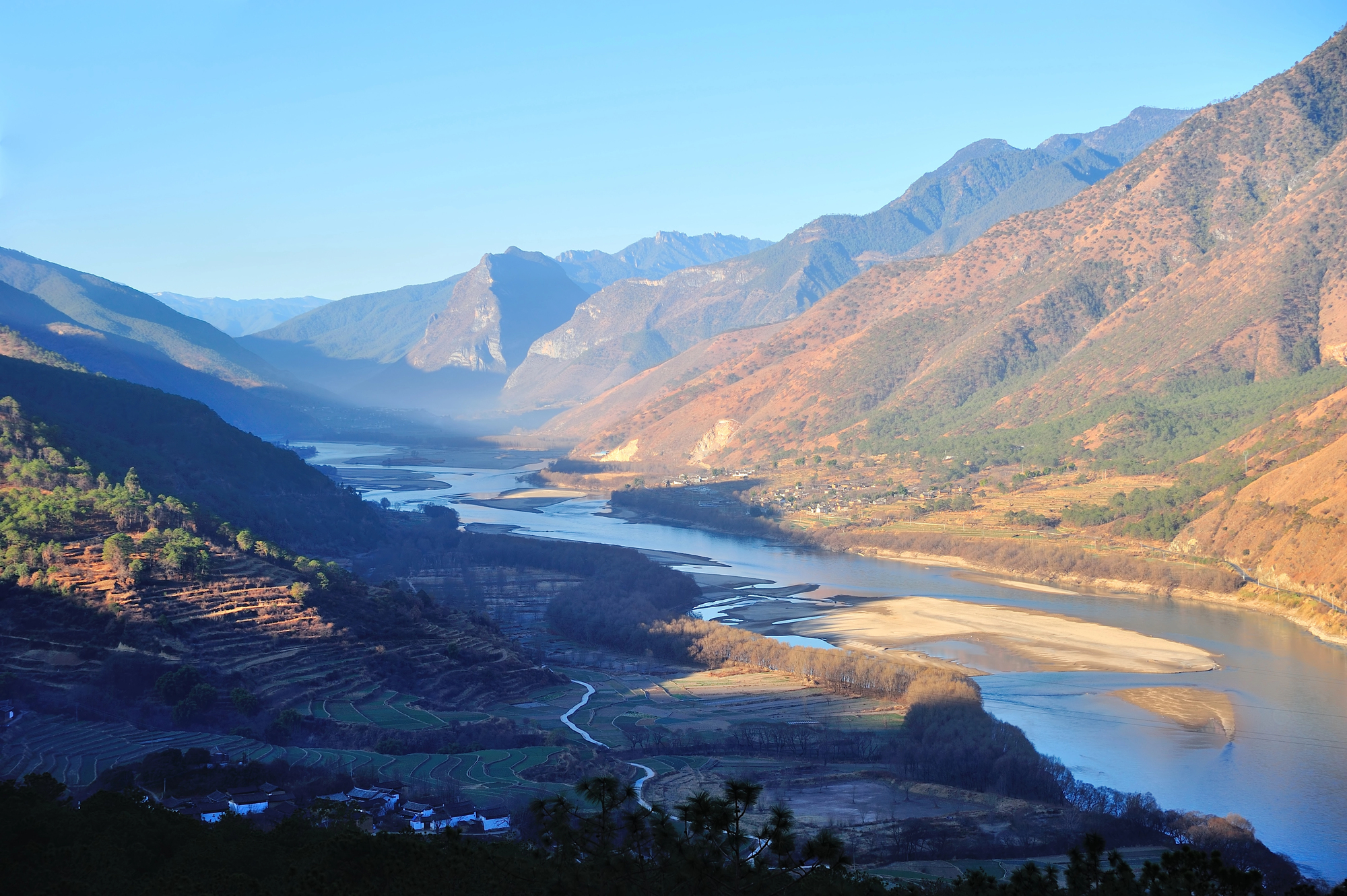
China’s legendary river showcases both natural grandeur and human engineering ambition, with ships navigating through dramatic limestone cliffs and the world’s largest hydroelectric project. Though the controversial Three Gorges Dam raised water levels and submerged some historic sites, the landscape remains spectacularly beautiful with mist-shrouded peaks rising from emerald waters.
Shore excursions visit relocated cultural sites, traditional hanging coffins of the Ba people, and smaller tributary gorges accessible only by sampan. Evening sailings through illuminated locks demonstrate the massive scale of China’s engineering achievement while providing fascinating shipboard entertainment.
Burgundy Canal Barging
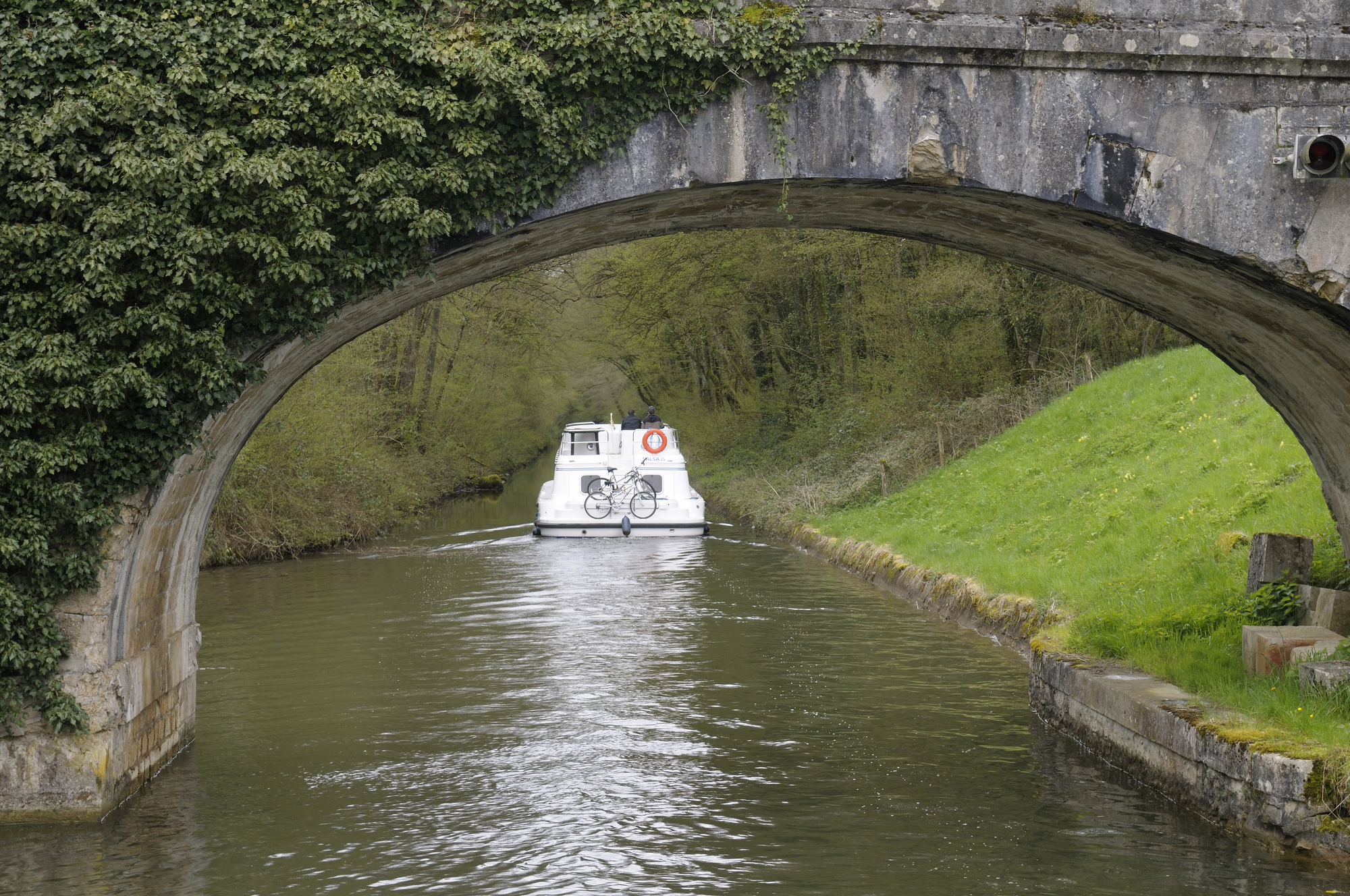
Converted cargo barges move at a walking pace through France’s renowned wine region, often covering just 50 miles in a week-long journey. These intimate vessels typically accommodate 8-12 passengers in luxury while navigating canals barely wider than the boat itself, with centuries-old stone bridges passing mere inches above the sundeck.
Many barges carry bicycles for towpath riding between locks, allowing passengers to walk or cycle ahead before reboarding at the next village. The genuine farm-to-table cuisine features ingredients often purchased that morning from markets visited during shore excursions, accompanied by wines from vineyards visible from the barge throughout the journey.
Like Travel Pug’s content? Follow us on MSN.
Chobe River Safari
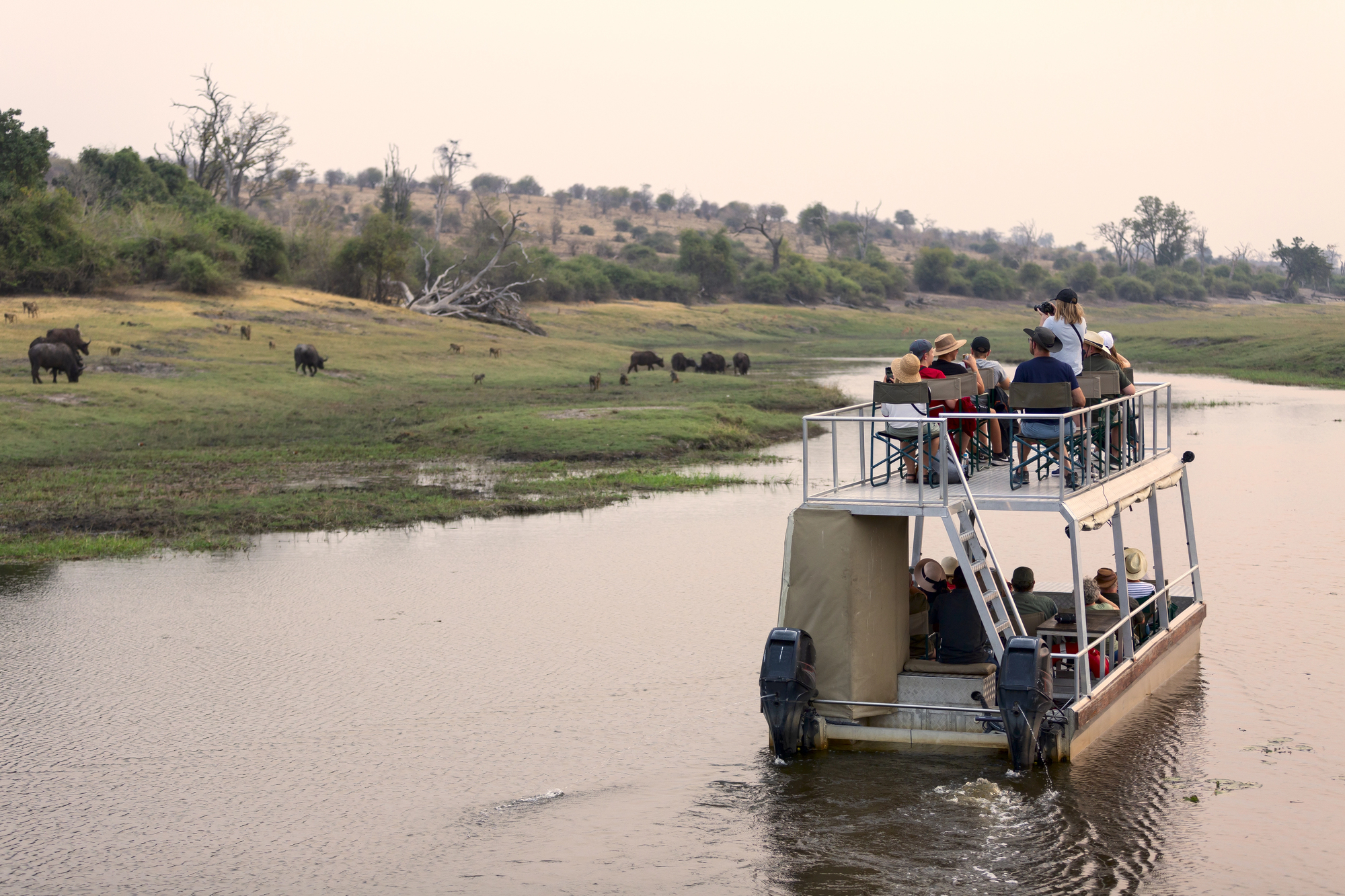
Specialized safari boats navigate this wildlife-rich waterway forming the border between Botswana and Namibia, offering unparalleled animal viewing as creatures gather at the life-giving river. The unique perspective of watching elephants, hippos, crocodiles, and countless bird species from the water provides photography opportunities impossible on land-based safaris.
Small tender boats facilitate quiet approaches to wildlife without disturbing natural behaviors, while the main vessel offers comfortable accommodations with floor-to-ceiling windows maximizing animal sightings even from inside.
Murray River Australian Outback
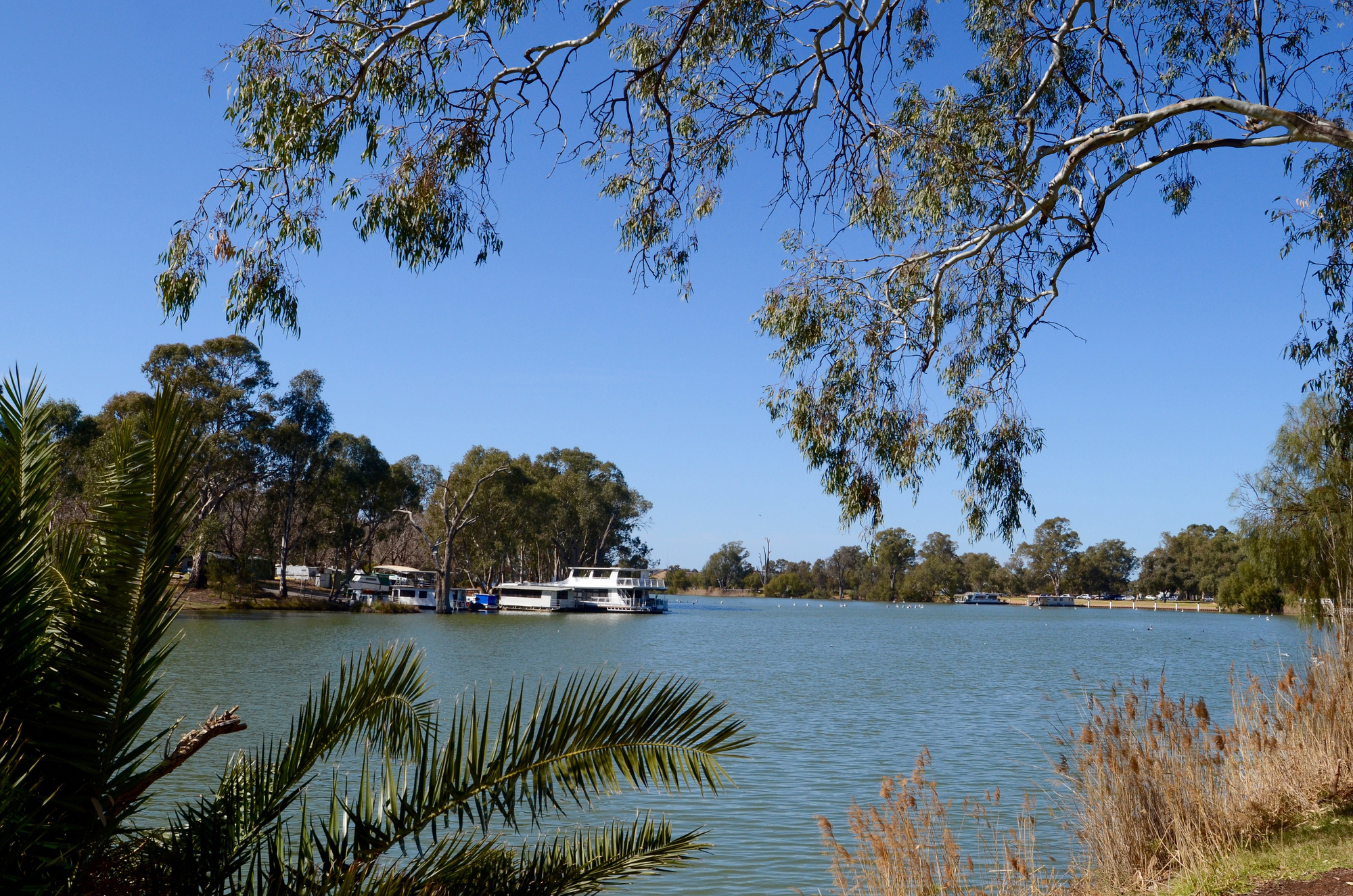
Australia’s longest river winds through landscapes that tell the continent’s geological and cultural history, from ancient limestone cliffs to historic wool-boom towns. Paddlewheel vessels reminiscent of Mississippi steamboats navigate past red gum forests, wetlands teeming with birdlife, and pastoral properties where Australia’s agricultural traditions began.
Indigenous cultural sites along the river provide insights into the world’s oldest continuing culture and their sustainable management of these landscapes for thousands of years before European arrival.
Scottish Highlands Canal
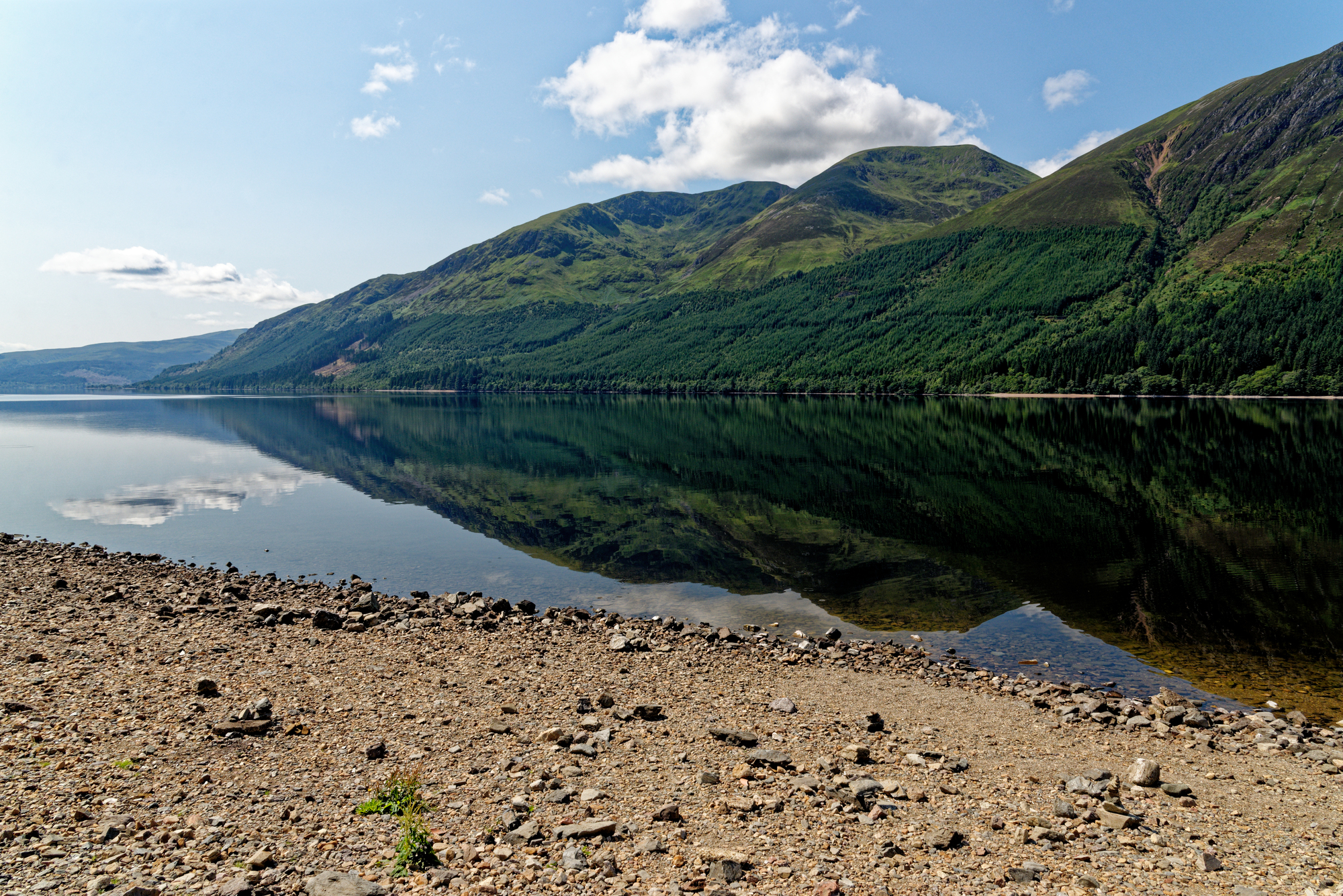
The Caledonian Canal cuts through Scotland’s dramatic Great Glen, connecting the North Sea with the Atlantic through a series of natural lakes (including Loch Ness) linked by artificial waterways. Small ships navigate 29 locks while passing some of Scotland’s most iconic scenery—heather-covered mountains, mist-shrouded castles, and rolling glens famous from countless films.
The engineering achievement of this early 19th-century canal becomes apparent when vessels climb Neptune’s Staircase, a sequence of eight locks raising ships 64 feet over a quarter-mile stretch. Shore excursions offer whisky tastings, castle explorations, and encounters with Highland culture preserved through centuries of proud tradition.
Like Travel Pug’s content? Follow us on MSN.
Slow Travel on Ancient Waterways
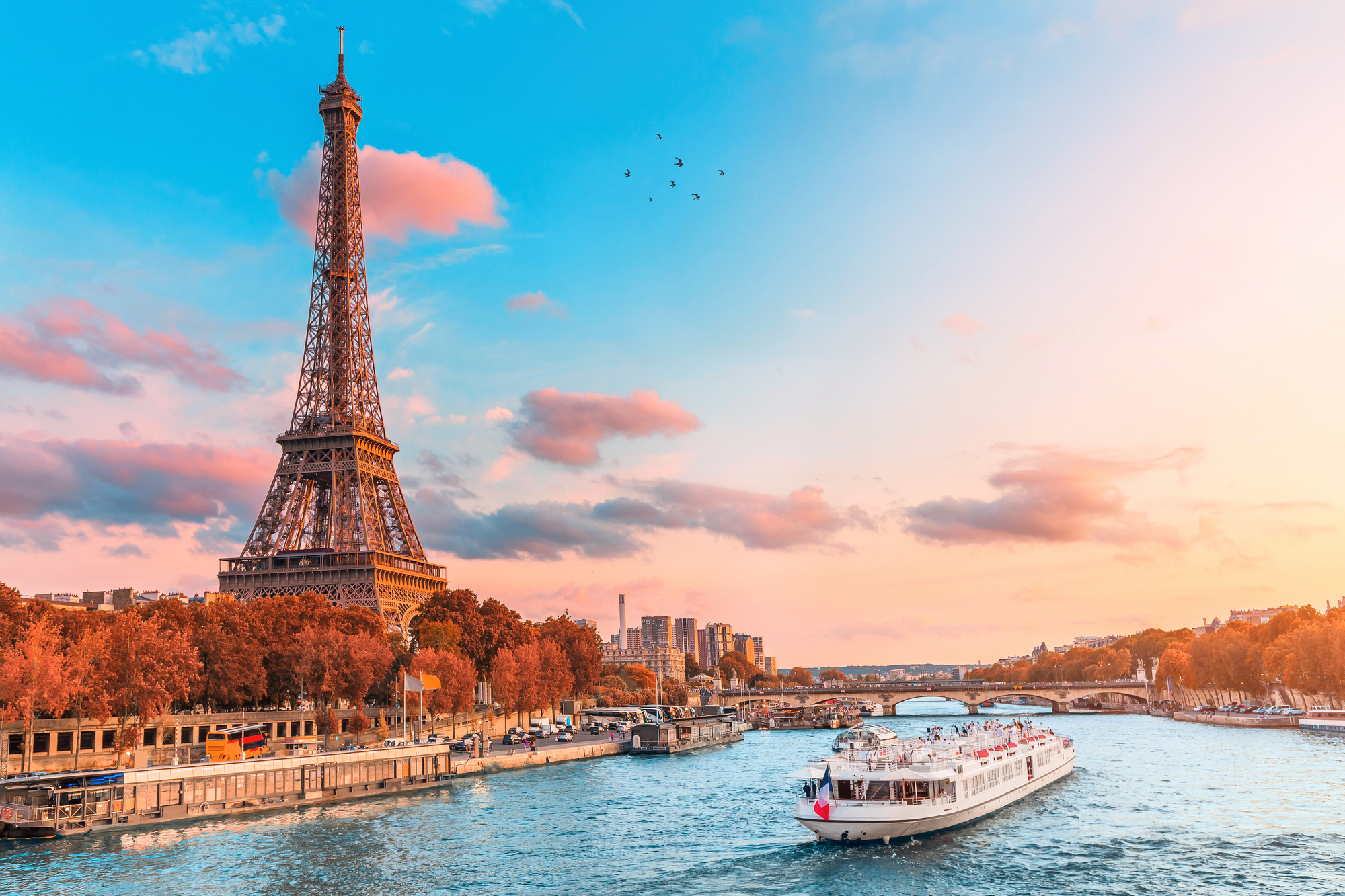
River cruising epitomizes the slow travel movement, allowing destinations to reveal themselves gradually while passengers enjoy the journey rather than merely enduring transport between sights. The natural limitations of river geography—ships can only travel as fast as current and locks allow—force a pace that modern travelers rarely experience but quickly come to appreciate.
The intimate scale of river vessels fosters genuine connections with crew, fellow passengers, and local communities that mass tourism often misses. The next time you consider a vacation, remember that rivers have served as highways of trade, culture, and communication since ancient times.
Following these liquid pathways reveals destinations from perspectives impossible to achieve by land while maintaining the comfort and convenience that truly relaxing travel requires.
More from Travel Pug

- Cities Growing so Fast You Won’t Recognize Them in 10 Years
- 13 Destinations Where Tourists Regularly Regret Their Trip
- 16 U.S. Cities That Are Quietly Becoming Travel Hotspots
- Where to Travel If You Love Long Bus Rides and Daydreams
- 20 Cities Perfect for Solo Travelers Who Crave Adventure & Culture
Like Travel Pug’s content? Follow us on MSN.
